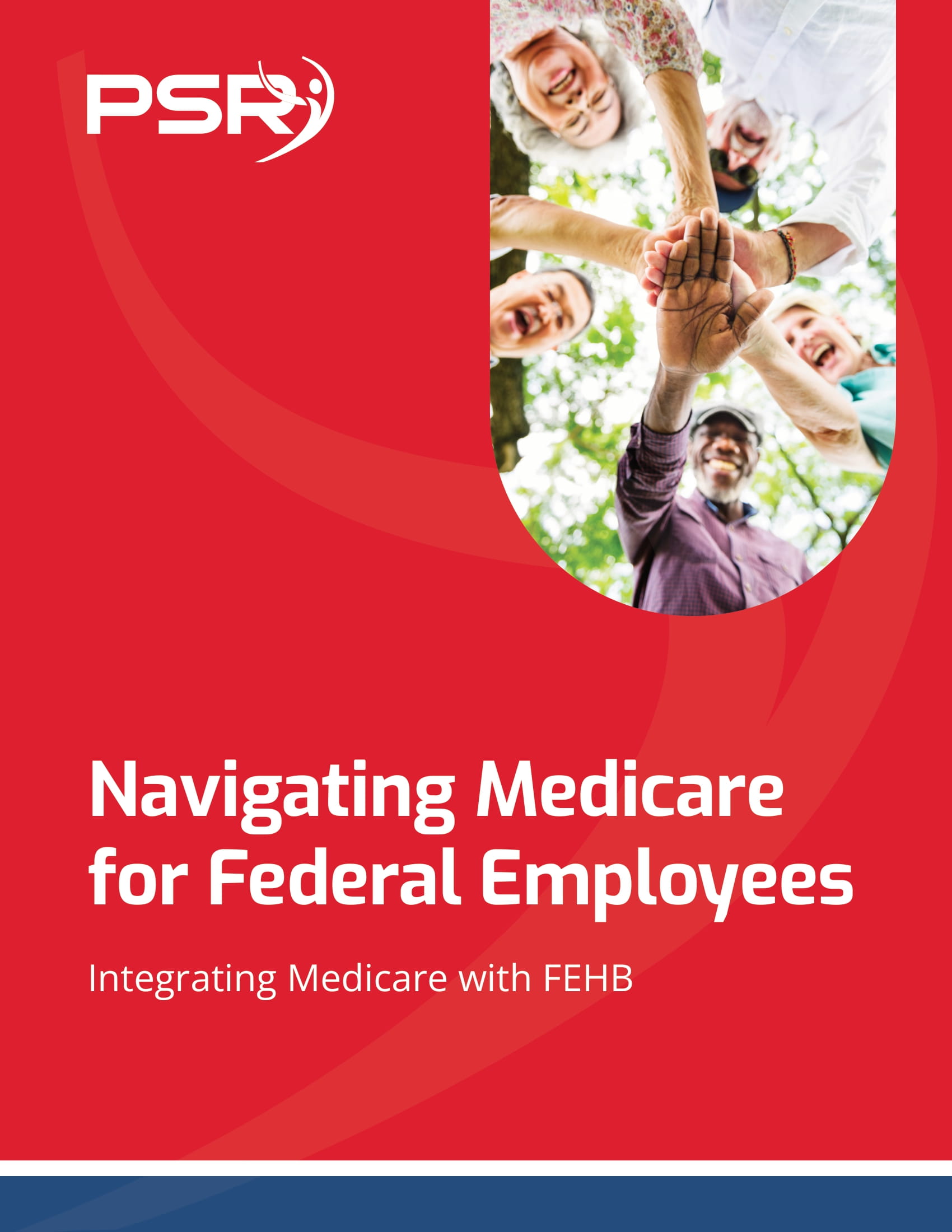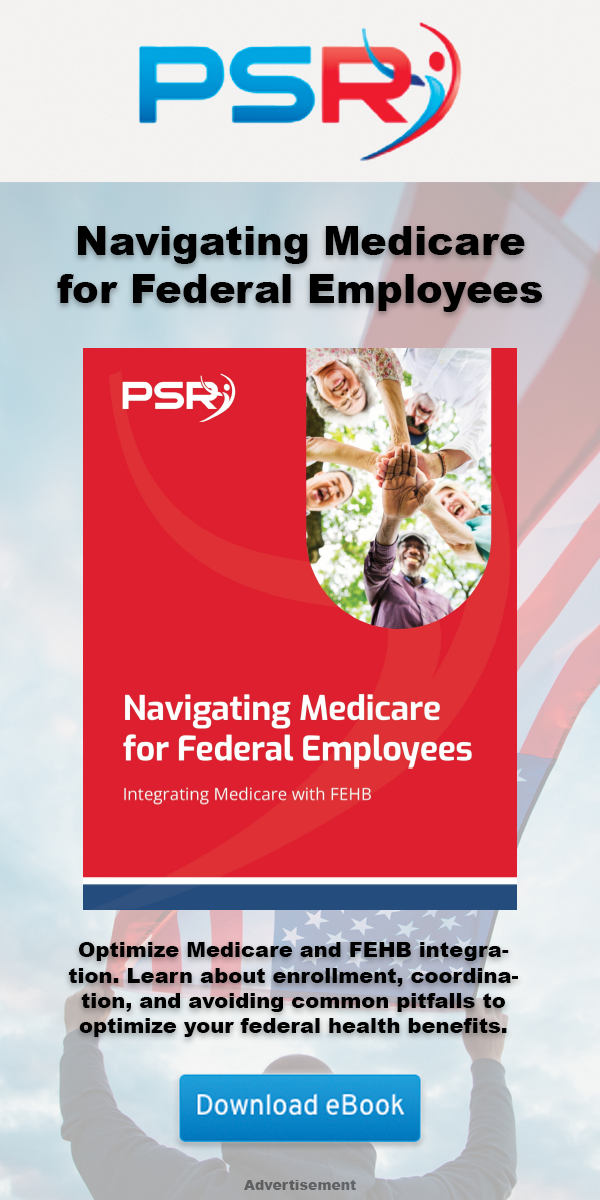Key Takeaways
- Coordinating Medicare with your Federal Employee Health Insurance can save you significant money, especially if you’re prepared and understand your options before retiring.
- Knowing how to time your transition from Federal Employee Health Benefits (FEHB) to Medicare and how to maximize coverage helps you avoid losing any benefits.
Navigating the Retirement Transition
- Also Read: Are You Eligible for the Federal Employee Retirement System (FERS)? Find Out Here
- Also Read: Why TSP Withdrawal Options Might Be More Flexible Than You Think for Federal Retirees
- Also Read: The Top Federal Employee Benefits You Should Be Tapping Into Right Now
Timing Is Everything
The first thing to know is when you should sign up for Medicare. For most of us, the Initial Enrollment Period (IEP) starts three months before your 65th birthday and lasts until three months after, giving you a seven-month window to enroll. If you’re already receiving Social Security benefits, you’ll be automatically enrolled in Medicare Part A and Part B. However, for many federal employees who continue working past 65, knowing whether to enroll in Medicare immediately or wait becomes a crucial decision.
If you’re still employed, you can typically delay enrolling in Medicare Part B without penalty since your FEHB plan counts as creditable coverage. But once you retire, you’ll need to enroll in Medicare Part B to ensure that your FEHB and Medicare benefits work together smoothly. Missing this step could lead to penalties and gaps in your healthcare coverage.
Coordinating FEHB and Medicare Benefits
One of the biggest advantages of federal employment is the option to keep your FEHB plan in retirement, which can complement your Medicare coverage. Here’s the general rule of thumb: FEHB stays with you as long as you’re entitled to retire with federal benefits. So when you retire and become Medicare-eligible, you don’t have to choose one over the other—you can have both!
Once you enroll in Medicare, your FEHB plan typically becomes secondary to Medicare. This means Medicare will cover your primary costs, and your FEHB plan will kick in to cover what’s left, like deductibles and coinsurance. This coordination can significantly reduce your out-of-pocket expenses. The combination of these two coverages ensures that most, if not all, of your healthcare needs are covered, giving you a great safety net during your retirement years.
Medicare Parts and How They Work with FEHB
Understanding how each part of Medicare works with your FEHB plan is essential. Let’s break it down:
Medicare Part A (Hospital Insurance)
Most of us don’t pay a premium for Part A, as long as we’ve worked at least 10 years. It primarily covers hospital stays, skilled nursing facilities, and hospice care. Once you retire, it’s usually smart to enroll in Part A because there are no additional costs, and it can save you money by picking up hospital-related expenses before your FEHB plan does.
Medicare Part B (Medical Insurance)
Part B covers outpatient services like doctor visits, lab tests, and preventive care. Unlike Part A, you’ll pay a premium for Part B, and this is where you need to think strategically. If you’re retired, enrolling in Part B is often recommended because it fills in coverage gaps left by FEHB. Without Part B, you might face higher out-of-pocket costs, and many FEHB plans assume you’ll have it once you turn 65.
Medicare Part D (Prescription Drug Coverage)
You don’t need to enroll in Medicare Part D if you have FEHB because most FEHB plans already include prescription drug coverage that’s as good as or better than Medicare’s. This is one area where FEHB really shines, so you can skip Part D without worrying about penalties.
Avoiding Coverage Gaps
One of the biggest fears retirees have is the possibility of losing coverage during the transition to Medicare. Fortunately, if you know what to expect, you can easily avoid this.
For example, if you’re still working at 65, you don’t need to enroll in Part B right away. You can continue with just your FEHB plan until you retire. Once you do retire, you’ll be eligible for a Special Enrollment Period (SEP) to sign up for Part B without penalty. This SEP lasts for eight months after your FEHB coverage as an active employee ends, so make sure you enroll within this window.
Timing is key here: if you miss your SEP, you could face a late enrollment penalty for Part B, which sticks with you for life and raises your premiums. The good news is that as long as you plan ahead, you won’t lose any coverage during this transition.
Special Considerations for Postal Employees
If you’re a U.S. Postal Service (USPS) employee, things change slightly starting in 2025. As part of the transition to the Postal Service Health Benefits (PSHB) program, postal retirees will be required to enroll in Medicare Part B to keep their PSHB coverage. This shift means that the coordination between Medicare and postal workers’ health insurance will mirror the same process used for other federal employees, but it adds a mandatory element for those retiring after January 1, 2025.
Make sure to stay updated on these changes if you’re part of the postal workforce, so you don’t miss important deadlines.
Medicare and FEHB Premiums
Of course, keeping both FEHB and Medicare comes with costs. While Medicare Part A is generally free for most people, Part B does come with a monthly premium. FEHB plans will also continue to charge you premiums in retirement, although some retirees find that their out-of-pocket medical costs decrease enough to make the combined premium costs manageable.
You may find it worth paying for both, especially considering the peace of mind that comes with comprehensive coverage. That said, it’s essential to run the numbers based on your health situation and budget before making any decisions.
Should You Suspend FEHB?
Some retirees consider suspending their FEHB plan to use a different type of coverage instead, like Medicare Advantage. But think carefully about this option. While it’s possible to suspend FEHB and come back to it later, suspending your plan means you’ll rely solely on Medicare, which may not cover all your needs. Additionally, re-enrolling in FEHB after suspension can be a bit tricky, so only consider this if you’re confident Medicare Advantage will fully meet your healthcare needs.
A Smooth Transition into Retirement Healthcare
Coordinating Medicare and your federal employee health insurance doesn’t have to be a headache. With a little planning and an understanding of the enrollment periods, you can enjoy seamless healthcare coverage in retirement. The combination of Medicare and FEHB offers excellent protection against high healthcare costs, and by using both strategically, you’ll set yourself up for a financially stable retirement.
Making the Most of Your Healthcare in Retirement
As you prepare for retirement, it’s vital to stay informed about your healthcare options. By coordinating your Medicare benefits with your FEHB plan, you can maximize your coverage and minimize out-of-pocket expenses. This proactive approach ensures that you’re well-prepared for a healthy and financially secure retirement.









